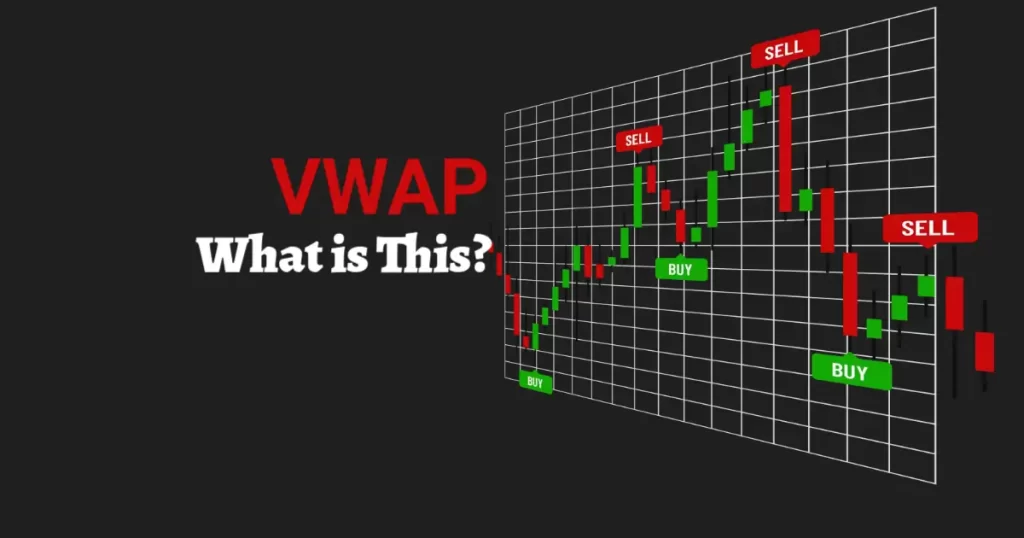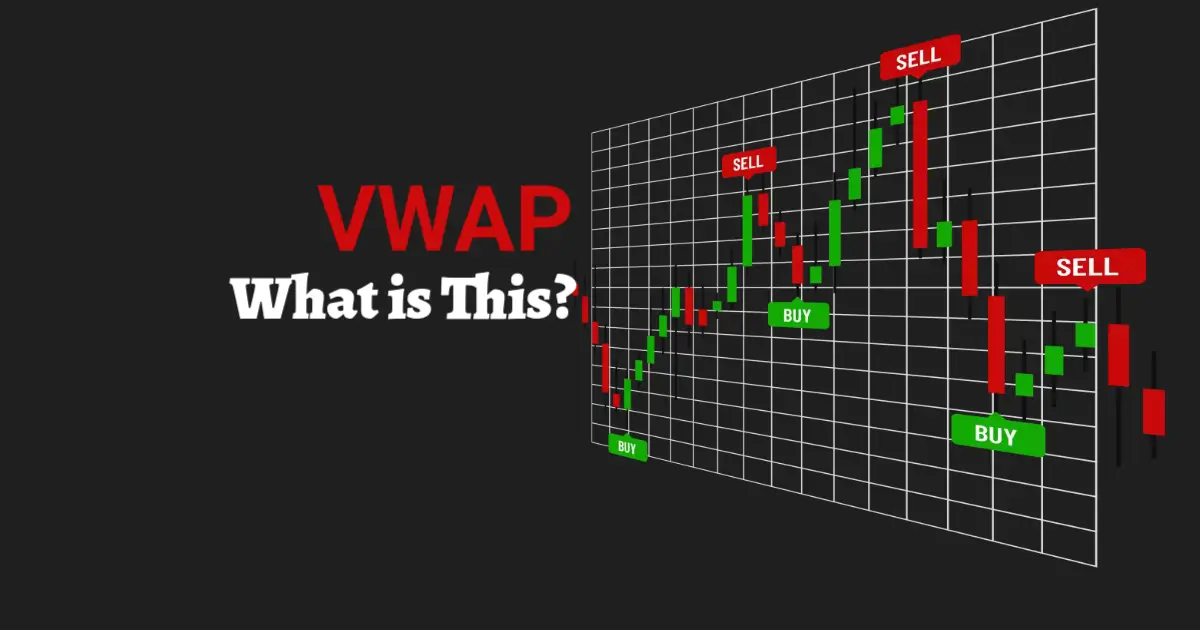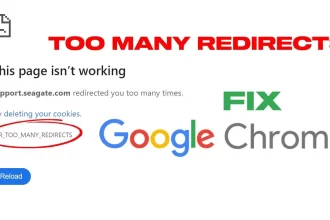When you are trading or investing in stocks, you may have heard of the term VWAP. It stands for Volume Weighted Average Price, and it’s an important tool for traders and investors. Let’s break it down in a simple way to understand what it means and how it works in the stock market.
What is VWAP?
VWAP is a special number that helps you understand the average price of a stock over a specific time period, taking into account both the price and the number of shares traded. It tells you the average price at which a stock was bought or sold, considering the volume (or quantity) of shares traded at each price.
For example,
If a stock is traded in small amounts at different prices, VWAP will give you an overall average price based on how many shares were bought or sold at those prices.
How Does VWAP Work?

Imagine you’re buying shares of a stock throughout the day. Sometimes, the price might go up, and sometimes it might go down. VWAP takes all those price changes into account and tells you what the “average” price is over the entire day, considering how many shares were bought or sold at each price.
Let’s say a stock trades at these prices with the following volumes:
– At ₹100, 500 shares were traded
– At ₹110, 1000 shares were traded
– At ₹105, 2000 shares were traded
VWAP will calculate the average price by considering both the price and the volume of shares at each level.
##Where Is VWAP Used in the Stock Market
VWAP is used mostly by traders to decide when to buy or sell stocks. It helps them find if the current price is above or below the average price. It can be useful in the following ways:
1. For Day Traders: They use VWAP to make decisions within a single trading day. If the price is above the VWAP, they might consider it a good time to buy, believing the stock is in an uptrend. If it’s below VWAP, they might think the stock is in a downtrend and sell or stay away.
2. For Institutional Investors: Large investors, like mutual funds, use VWAP to get a fair price when buying or selling large amounts of stocks. They don’t want to buy too high or sell too low, so VWAP helps them get an average price over time.
### Example of How VWAP Works
Let’s say you are a trader and you want to buy shares of a company. You are watching the stock’s VWAP to decide when to buy. If the stock is trading below the VWAP, it could mean the stock is currently undervalued, and it might be a good time to buy. If the stock is trading above the VWAP, it could mean the stock is overvalued, and it might be better to wait or sell.
#Pros of VWAP
1. Fair Price: VWAP helps you get an average price, so you don’t end up buying at too high a price or selling at too low a price.
2. Useful for Short-Term Trades: VWAP can be very helpful for traders who want to make quick decisions during a trading day.
3. Helps Large Traders: Big investors use VWAP to make sure they get the best average price when dealing with large amounts of shares.
#Cons of VWAP
1. Not Always Accurate for Long-Term Investors: VWAP is more useful for short-term trading and not so helpful for investors who hold stocks for a long time.
2. Market Conditions Can Affect It: If the market is volatile or trading volume is low, VWAP might not be as accurate.
#How VWAP Affects Investors
For short-term traders, VWAP can be a helpful tool to decide when to enter or exit a trade. For long-term investors, VWAP is not as important.
However, they can still use it to understand the general market mood. For example, if a stock is consistently trading above its VWAP, it could mean that investors are feeling positive about it, and it may be a good sign.
For large investors, VWAP helps them to execute trades without causing too much price movement in the stock, ensuring they don’t affect the price too much by buying or selling large amounts.
Faq’s
Q.1 Is VWAP bullish or bearish?
VWAP itself is neither inherently bullish nor bearish. It simply gives an average price based on the volume and price of a stock during a specific time period. However, traders and investors can interpret it as bullish or bearish depending on the stock’s price relative to the VWAP.
Here’s how to interpret VWAP in a simple way:
- Bullish Signal: If the stock price is above the VWAP, it can be seen as a bullish sign. This suggests that the market sentiment is positive, and buyers are in control, pushing the price higher. Traders may consider this as a sign that the stock could continue to go up.
- Bearish Signal: If the stock price is below the VWAP, it can be seen as a bearish sign. This suggests that sellers are in control, and the stock might continue to fall. Traders may interpret this as a signal to sell or avoid buying.
So, in short, whether VWAP is bullish or bearish depends on where the stock price is in relation to the VWAP.
Q.2 What is VWAP Formula?
It calculates the average price of a stock by multiplying the price and volume for each transaction, adding them up, and then dividing by the total volume. This gives the average price, considering both the price and the number of shares traded during a specific period.
Q.3 Is VWAP good for intraday?
Yes, VWAP is very useful for intraday trading. Since it provides the average price of a stock during the trading day, it helps traders identify key price levels.
- Above VWAP: If the stock price is above the VWAP, it may indicate a bullish trend, suggesting it could be a good time to buy.
- Below VWAP: If the stock price is below the VWAP, it may signal a bearish trend, suggesting it could be a good time to sell.
In intraday trading, VWAP is used to make quick decisions and spot entry or exit points.






